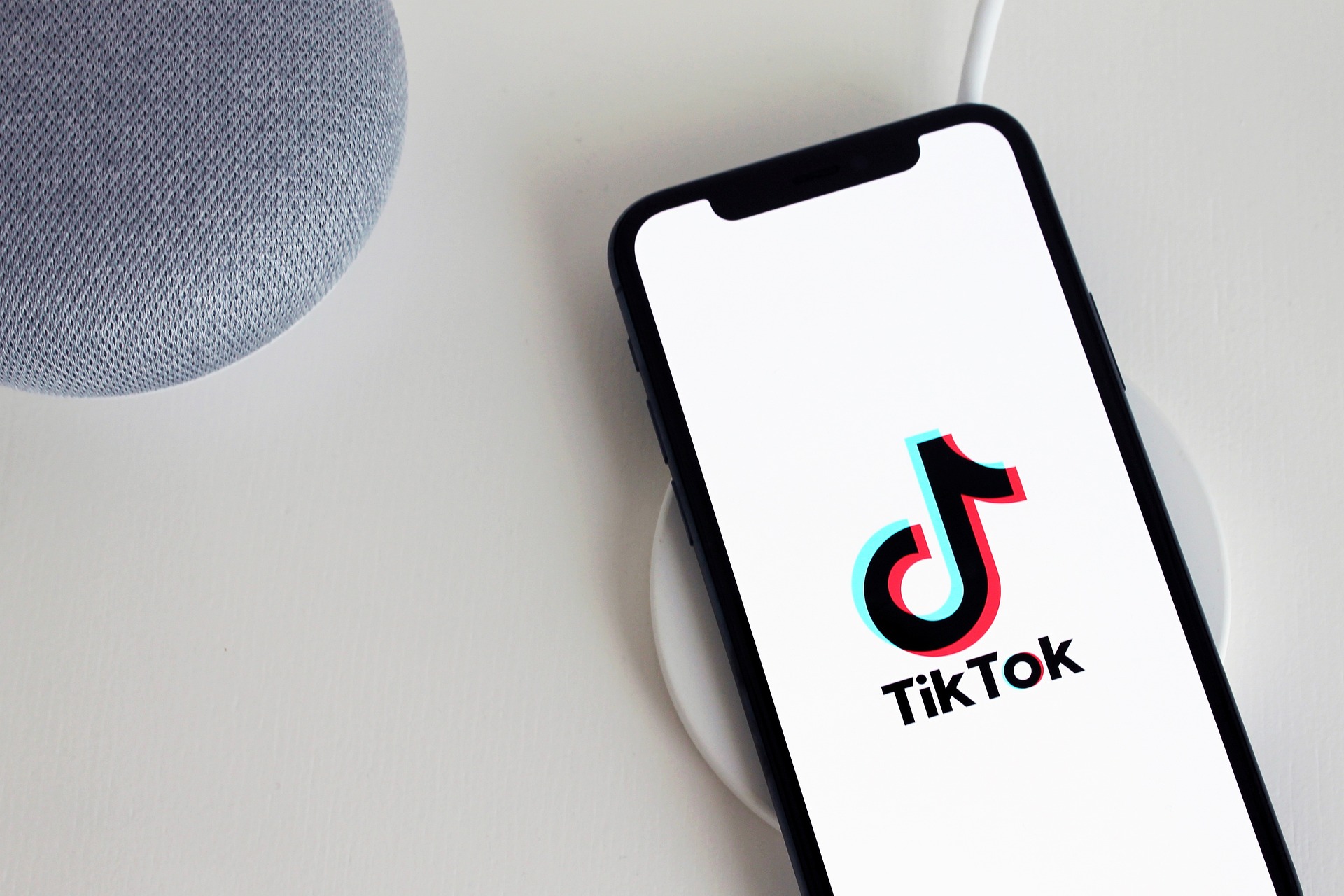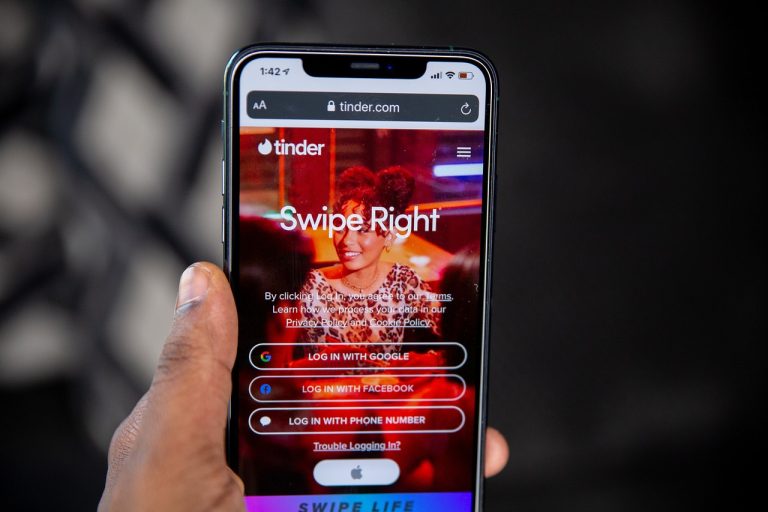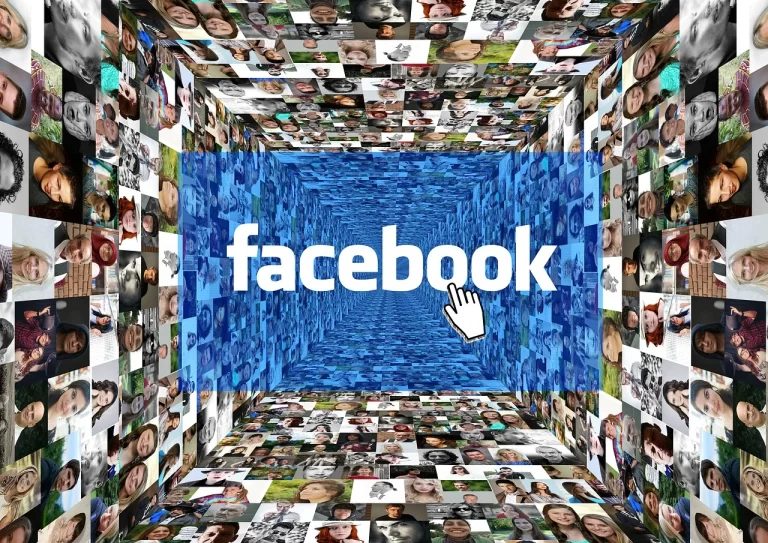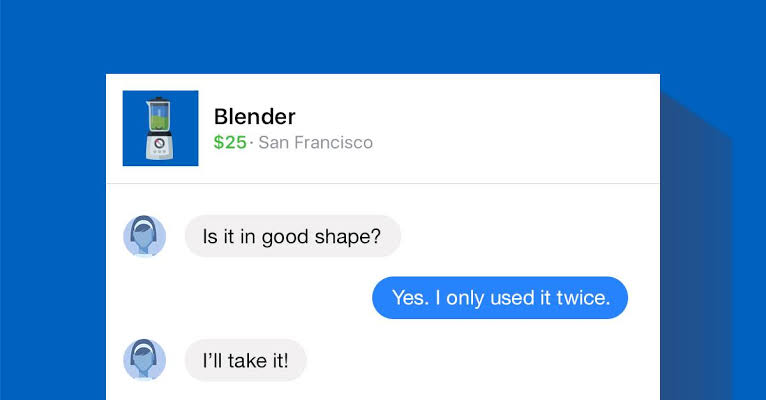How to Make a Heart on Facebook
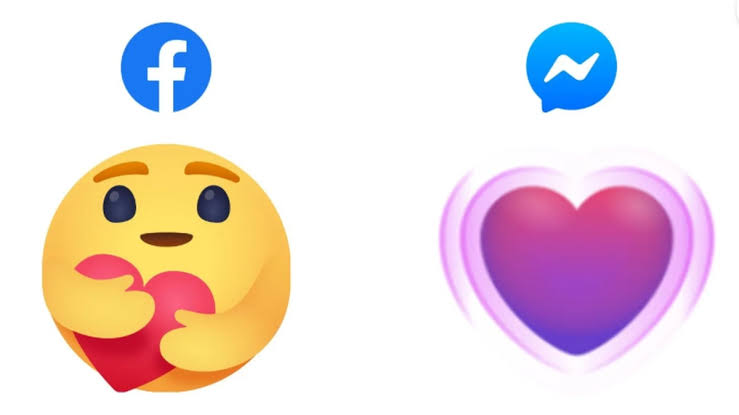
If you’ve ever used Facebook, you know that it’s not just a platform for sharing information but also a place to connect with friends and family emotionally. One of the ways to do this is by using hearts. In this article, we’ll explore how to make a heart on Facebook, and why these little symbols of love and appreciation matter.
Why Use Hearts on Facebook
Hearts on Facebook are more than just symbols; they represent emotions, expressions, and connections. When you use a heart, you’re conveying your feelings without saying a word. These heart reactions play a significant role in boosting engagement and strengthening your bonds with others.
Using the Classic Facebook Heart Reaction
The classic heart reaction is the quintessential way to express love or appreciation on Facebook. It’s simple to use:
- Locate the post or comment you want to react to.
- Hover your mouse over the “Like” button.
- Select the heart icon.
You can use the classic heart reaction for various emotional contexts, from expressing love to showing support.
Adding Extra Emotion with the Care Reaction
Facebook introduced the Care Reaction as an extension of the classic heart. It’s designed for times when you want to show extra care or support:
- Find the post or comment.
- Hover over the “Like” button.
- Select the care reaction.
The care reaction goes a step further in conveying your emotions.
Giving Love with the Red Heart Emoji
If you want to be more creative with your hearts, consider using the red heart emoji. You can add it to your posts and comments simply by typing “<3”. It’s a universal symbol of love and appreciation.
Customizing Reactions with Messenger
Messenger allows for even more ways to express your emotions using hearts. Send a heart gif, a heart sticker, or use one of the heart-themed reactions. It’s a fun and interactive way to connect with friends.
The Heart in Facebook Stories
When creating or viewing Facebook Stories, you can add hearts to convey your reactions to different moments. Simply tap on the screen to send a heart and be part of the storytelling experience.
Reactions and Algorithm Engagement
Using hearts and other reactions on Facebook posts doesn’t just express your emotions; it also affects post visibility. The more reactions a post receives, the more likely it is to appear in your feed. Engaging with hearts is a way to stay connected and engaged with the content you love.
Troubleshooting and Common Issues
Sometimes, you might encounter issues when trying to use hearts on Facebook. If you can’t see the heart reaction or it’s not working as expected, try the following:
- Refresh your page or app.
- Check your internet connection.
- Ensure you’re using the latest version of the app.
If you still face issues, you can reach out to Facebook support for assistance.
Conclusion
In conclusion, making a heart on Facebook is a simple yet powerful way to express your emotions, engage with others, and enhance your overall Facebook experience. Whether you’re using the classic heart reaction, the care reaction, or the red heart emoji, these symbols play a significant role in building connections in the digital world.
FAQs About Using Hearts on Facebook
- Can I see who reacted to my post with a heart on Facebook? Unfortunately, Facebook doesn’t provide a list of specific users who reacted with a heart on your posts or comments.
- Why are heart reactions important on Facebook? Hearts and other reactions contribute to post visibility and engagement, helping you stay connected with the content and people you care about.
- Is there a limit to how many hearts I can send on Messenger? There’s no set limit to the number of heart reactions you can send in Messenger, so feel free to express yourself.
- Can I use the heart reactions in Facebook Groups? Yes, you can use heart reactions in Facebook Groups to engage with posts and show your support.
- Are heart reactions the only way to express emotions on Facebook? No, Facebook offers a variety of reactions, including “Like,” “Love,” “Haha,” “Wow,” “Sad,” and “Angry” to cater to a range of emotions.

